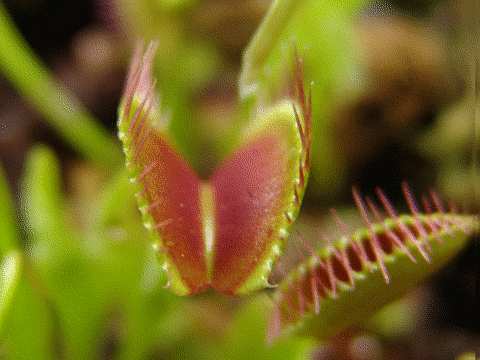Palms are one of the most well-known and widely planted tree families. They have had an important role to humans throughout much of history. Many common products and foods come from palms, and they are also used a lot in parks and gardens in areas that do not have heavy frosts. In historical times palms have been symbols for victory, peace, and fertility. Today, palms remain a popular symbol for the tropics and vacations. There are over two thousand kinds, living in many kinds of places from rain forests to deserts. Palm trees are among the most exotic and recognizable foliage on the planet. While they may be known as the "Princes of the Vegetable Kingdom," most people associate Palms with the sun, sand and surf. Fortunately, you are not relegated to decorating your home with the blow-up versions. With a little know-how you too can transform your backyard into a luxurious Palm tree-lined oasis.

Hawaiian Foxtail Palm
This kind of palm (Wodyetia bifurcata)is a tropical palm native in Australia. It has spiraling,feathering fronds that resemble a fox's tail. This tree is tall and very attractive and mostly grown in warmer climate. This palm is very resilient and hardy, but unlike other palms it rarely suffers from pests or diseases.
Prices : from Php 1,600 - Php 3,950
Phoenix Palm
This kind of palm tree is native from Canary island, a species in the palm family Arecaceae. It is a large solitary palm with an oval yellow to orange drupe colored fruit. it is also widely known as a pinapple palm.
Prices : php 600 to php 700

Majesty Palm
This palm is botanically known as Ravenea rivularis, a popularly house plant identified through tall stalks of bladed green foliage that grows fast until 10 feet tall. It is a large indoor plotted plant that grows fast up to 10 feet tall. Known for its large bladed fronds, this indoor palm plant with proper attention in the form of adequate care, adds beauty and class to any room and enhances the interior of a house to a great extend.
The plant grows well in temperate, tropical as well as sub tropical climates and thrives well in a partially shaded area, receiving dappled sunlight. However, the majesty palm can be grown either inside or outside the house, and just requires good soil, water and right amount of sunlight for its growth. So, if you are planning to grow this amazing majesty palm tree in your house, here are some tips on how to care for a
majesty palm.
Read more at Buzzle: http://www.buzzle.com/articles/majesty-palm-care.html
Available for php 1,600
Champagne Palm
This palm is also called bottle palm (Hyophorbe lagenicaulis Palmae) this palm is native of Mauritius and was introduced in the Philippines as ornamental and now used in many parks, gardens and houses throughout the country. This is a solitary palm that grow 7 meters in height.
Price : php 350 to php 550

Spindle Palm
This palm are solitary palms, with a distinctive, spindle shaped trunk. it can grow until 6 meters tall and this is critically endangered in its natural habitat. This palm is also native in Mauritus island, this kind of palm is very beautiful and unique, and the swollen trunk and turquoise crown shaft will provide a great feature in the garden.
Price : php 1000 to php 2000
Red Palm
Price : php 550 to php 1,800
For Inquiries Please Contact
John
Phone : 032 424 3734
Mobile : 639272201646
Mobile :
claireone94@gmail.comBACK TO MAIN PAGE















































.jpg)


















